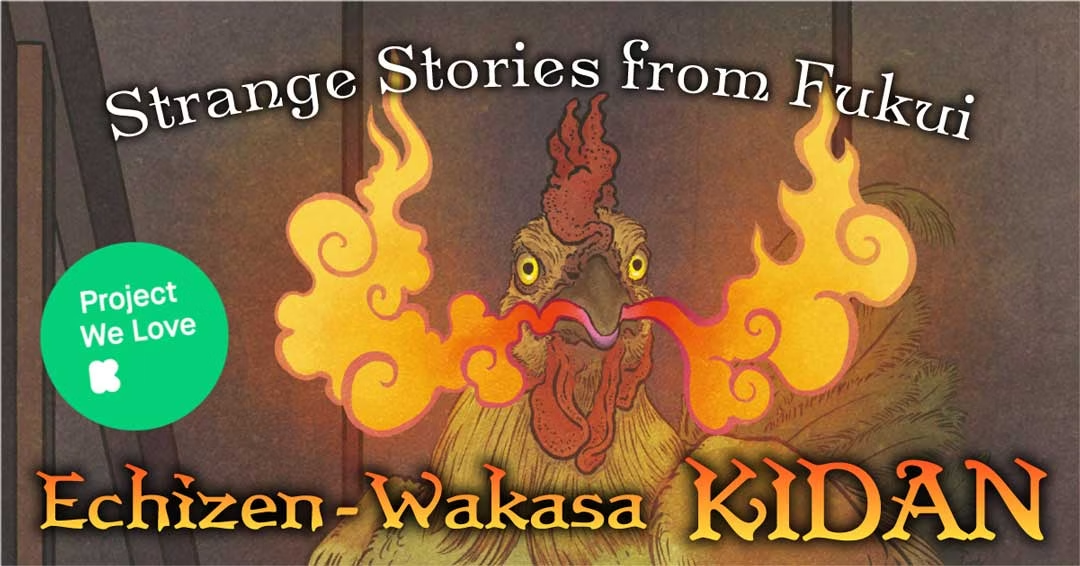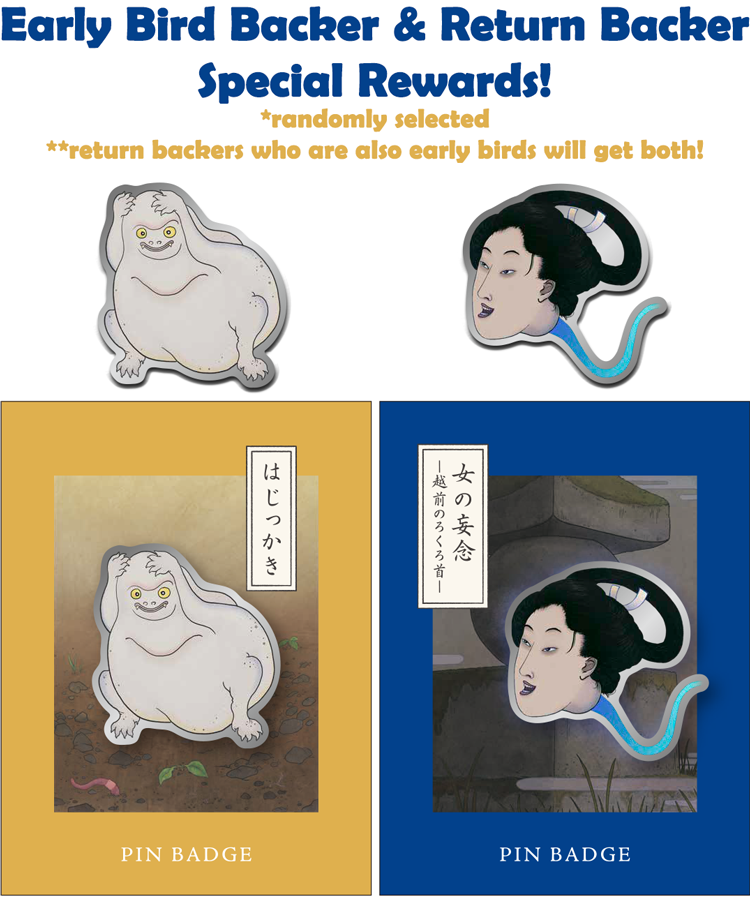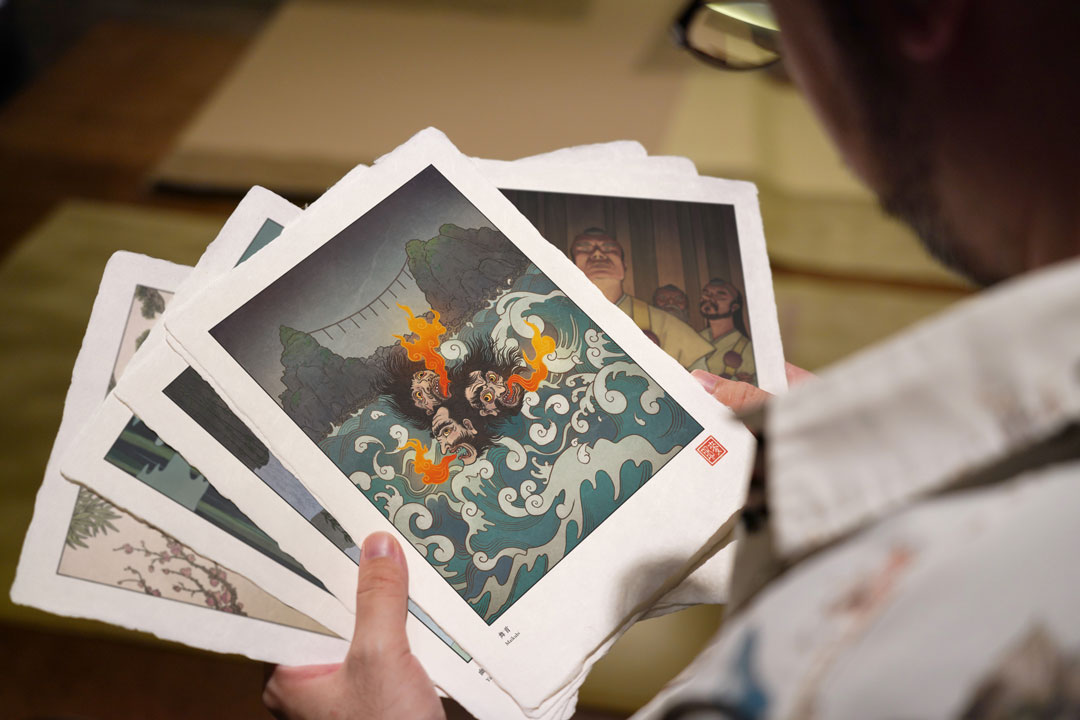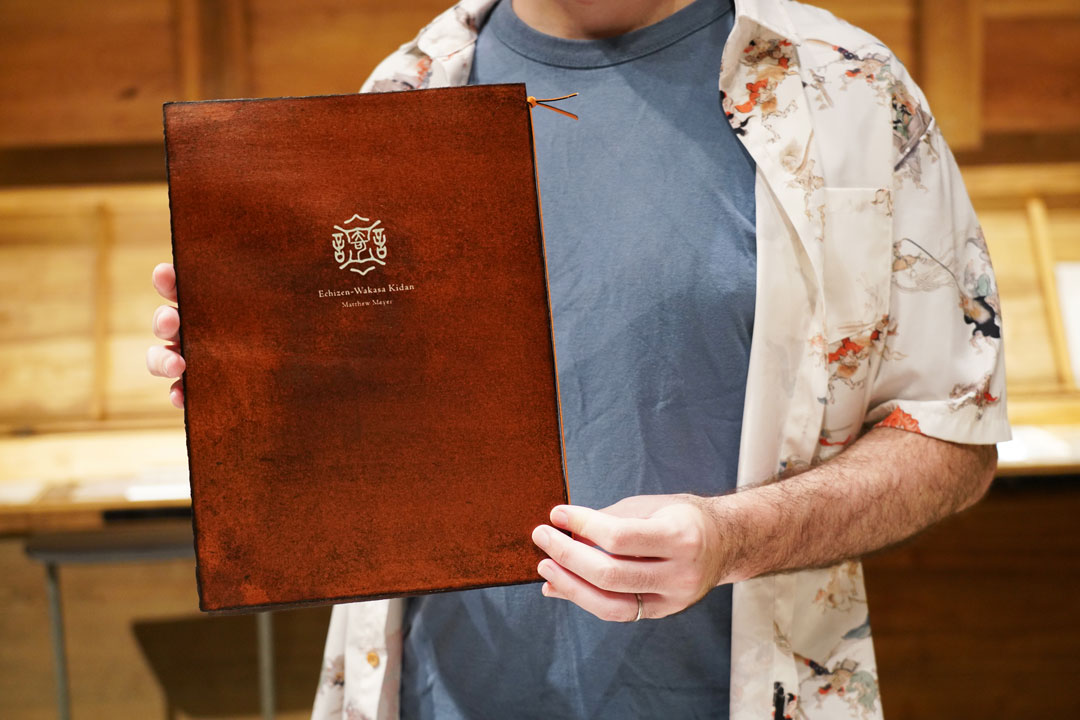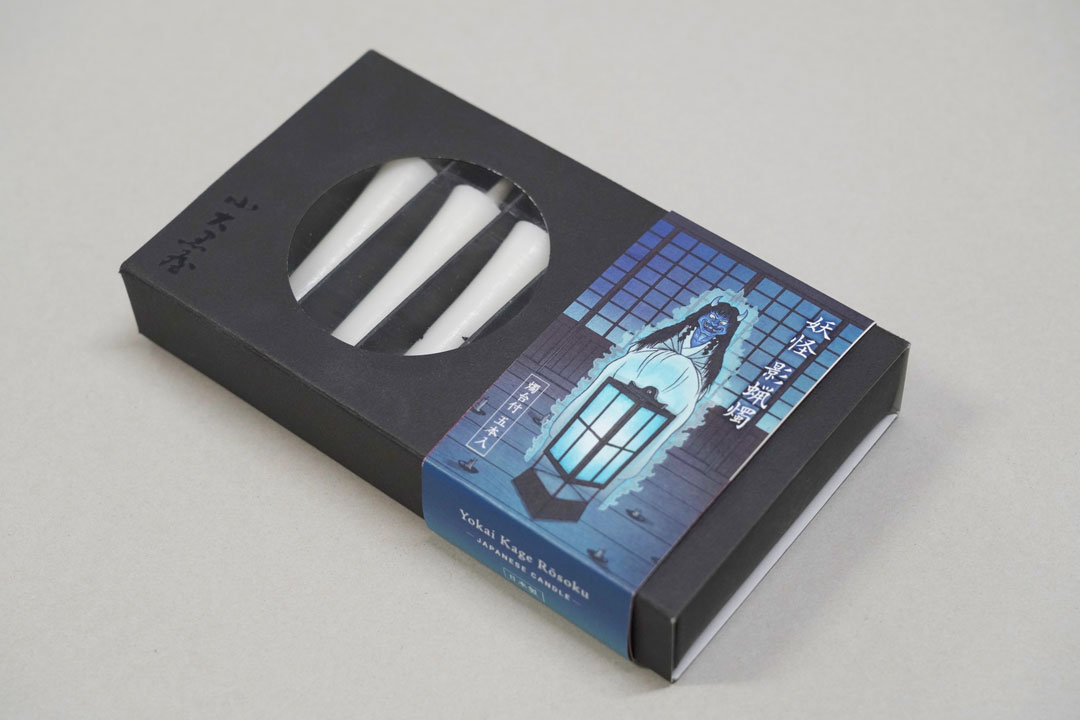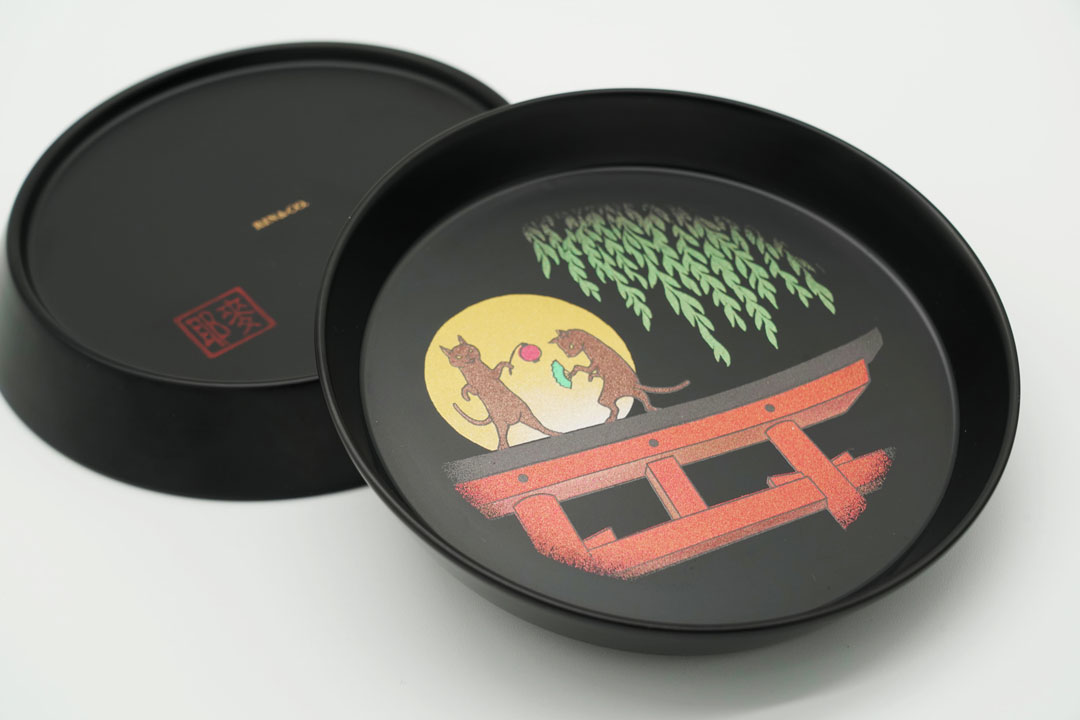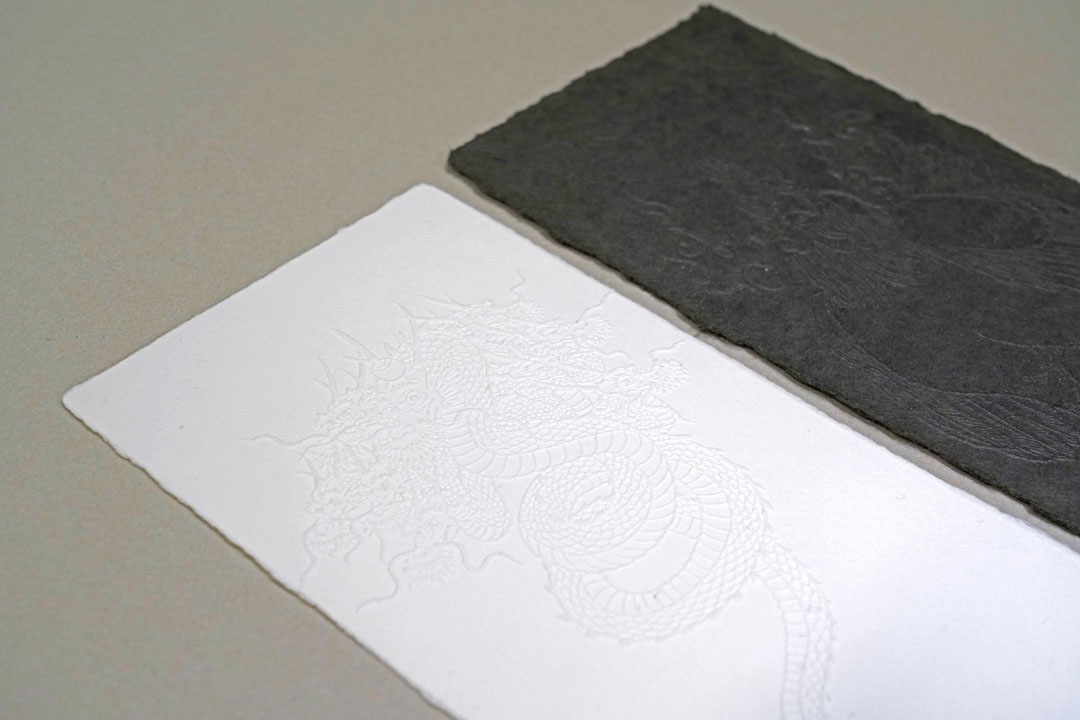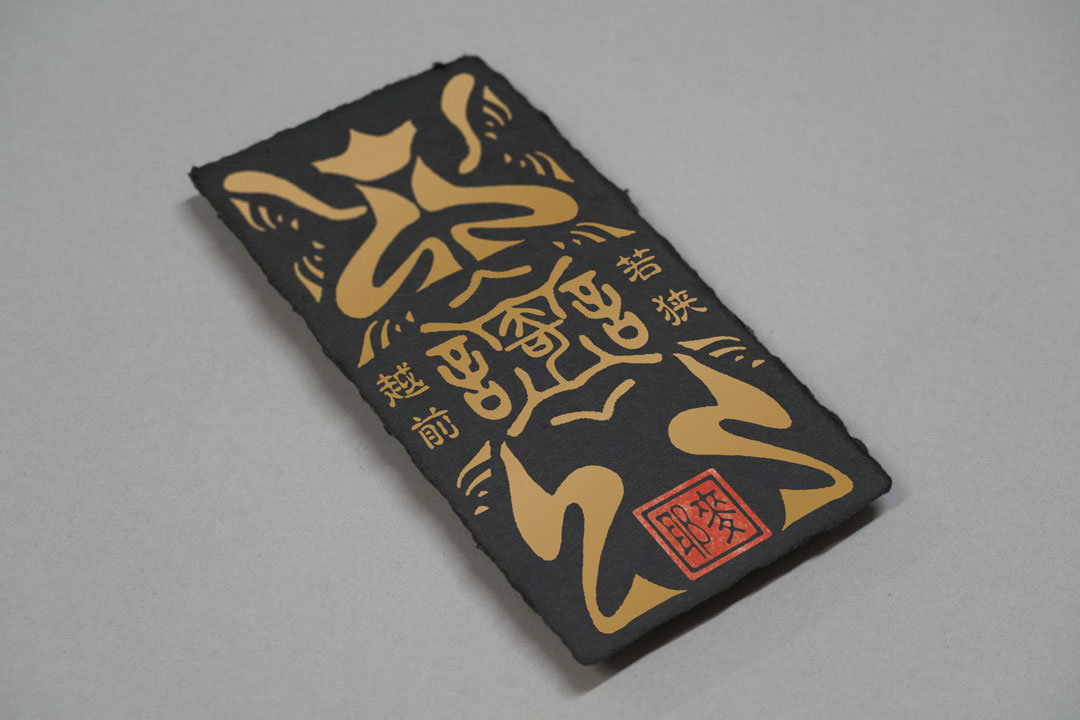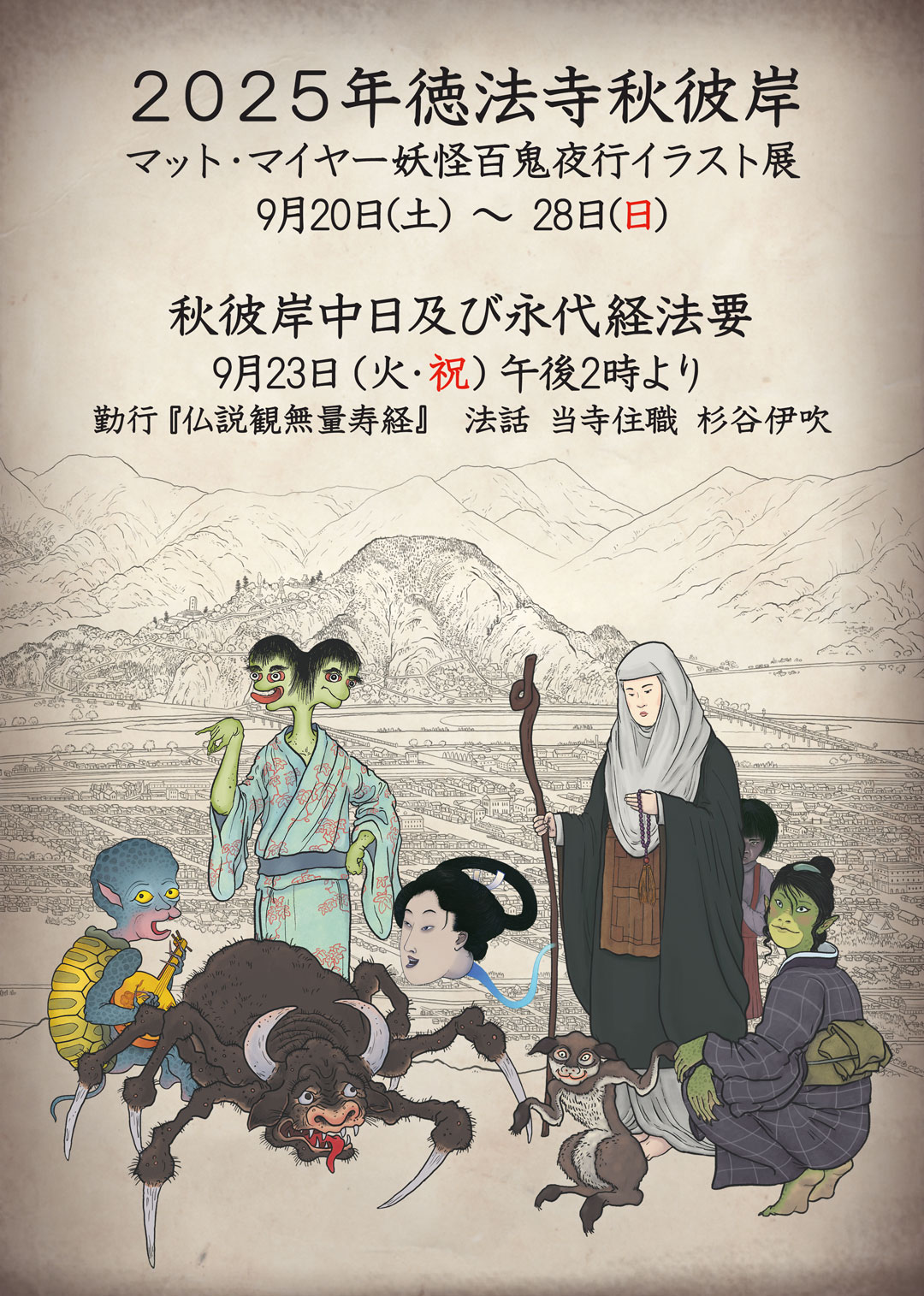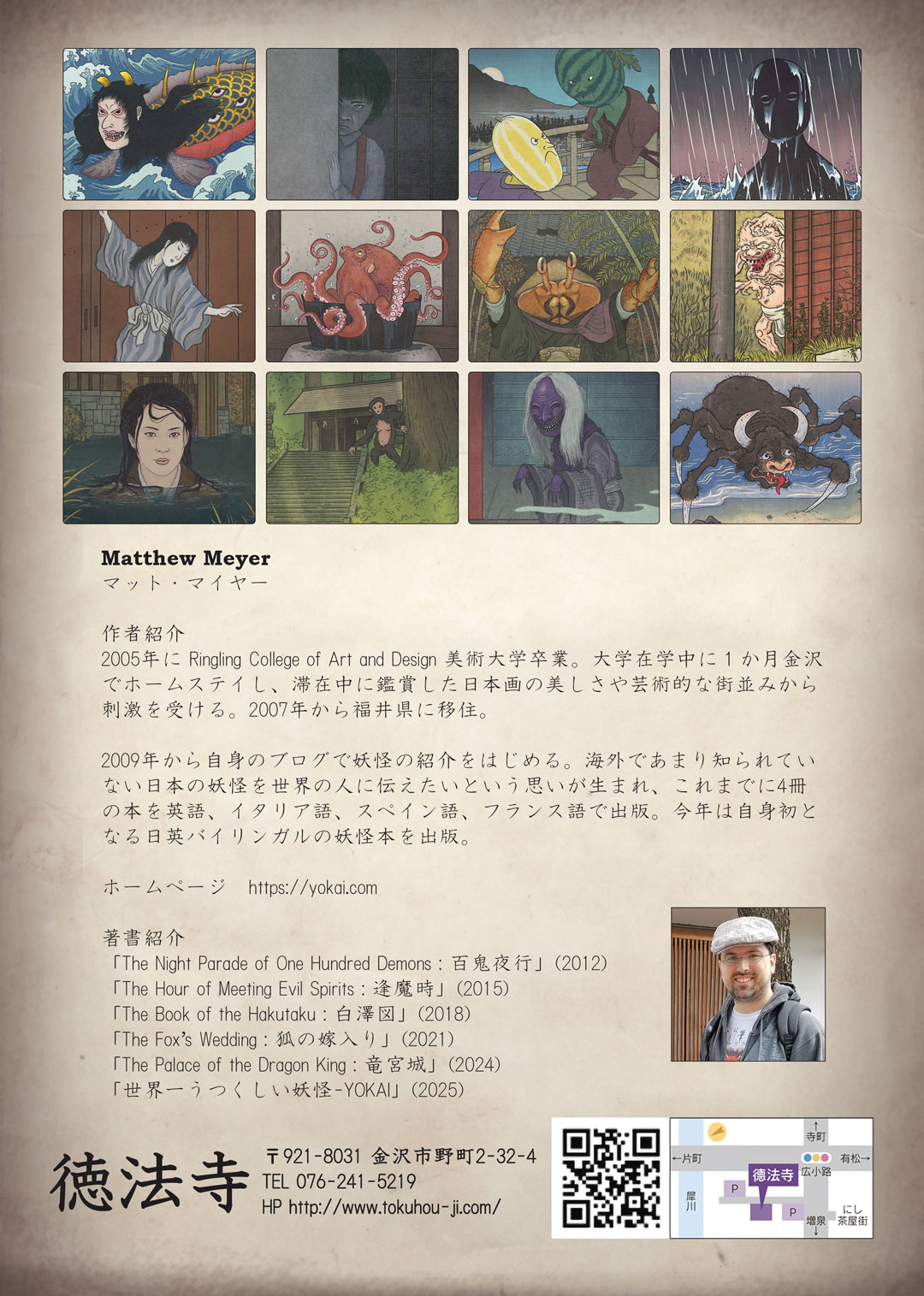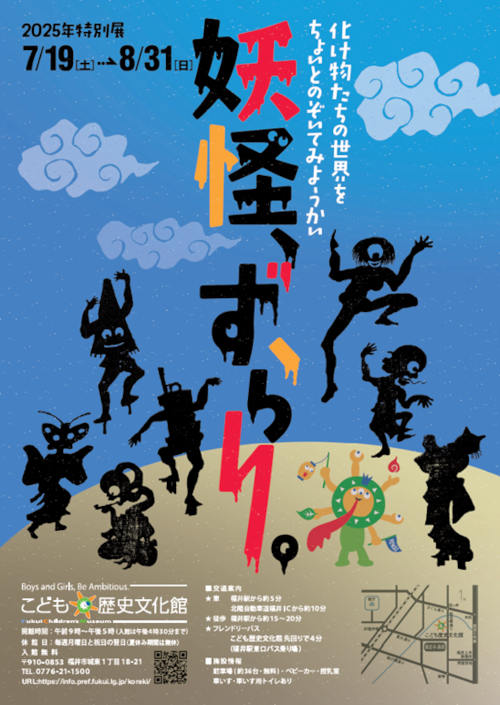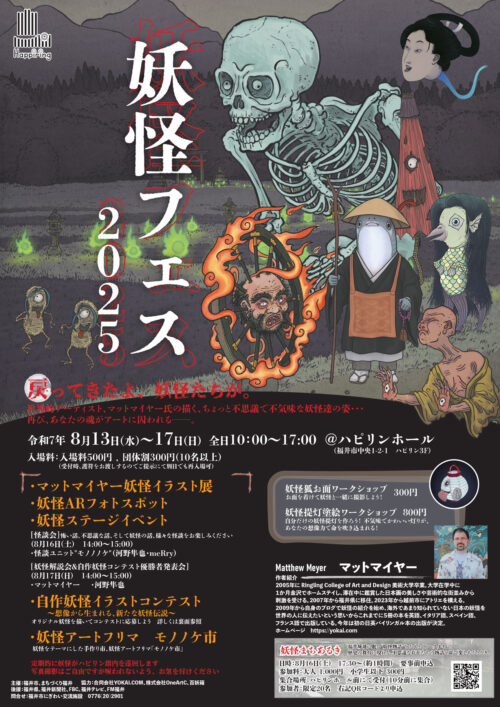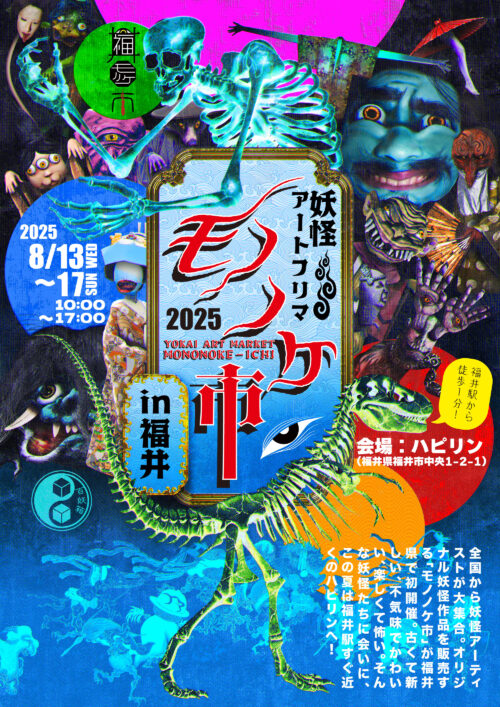Today’s story exemplifies some of Edo period Japan’s cherished ideals. The character is a poor peddler, yet he shows both bravery and filial piety — two traits usually considered to be very “samurai” in spirit. As a reward, he becomes rich and gets to care for his beloved parents in the best way possible. Not all yokai stories are as moralizing as this one, although plenty are. But it is nice to have a happy ending once in a while, and not just tragic death like last night’s story!
How Attachment to Money Became a Strange Light in Tsu, Ise Province
In a place called Ieshiro Village in Tsu, Ise Province, there was a house in which a monster lived, and which had stood vacant for some thirty years. Long ago, the couple who lived in this house both died from a sudden illness, and because they had no children, their family died out.
Sometimes strange lights would appear, while sometimes fires would ignite. And other times male and female voices could be heard saying, “This is your fault!” and “No, this is your fault, and I am suffering for it!” and things like that.
One time a peddler from Kyōto, around twenty years old, came to this place. When the locals told him about the apparitions, the peddler said, “Tonight I will go and see this monster for myself.”
The locals told him, “That’s pointless. Even the samurai from here could not endure a single night there and fled.”
The peddler’s parents were both still living. He was a pious son who had been supporting them as a traveling merchant since the age of eleven, yet he was poor and things did not usually go the way he wished. However, he was an experienced man, and so he said, “In any case, I will go and see this monster. In this world, there are no monsters except those in our hearts.”
That night he went to the house and, as expected, right at the hour of the rat (around midnight) two balls of fire arose out of the well and lit up the inside of the house. It was too terrifying to describe in words. After that, an elderly couple with snow-white hair appeared and said to the peddler:
“We are the masters of this house. We died together, due to a sudden illness, but we stashed a great amount of gold and silver in this well. Our souls are attached to this money, and so we cannot float up to heaven but have been trapped in the space between worlds for over thirty years. If someone were to live in this house, we would tell this to them, and ask them to perform our funeral; however, everyone is too scared to come close. You have a brave heart, and on top of that you love your parents, so we give this money to you. Take good care of your parents, and also perform a funeral for us. This coming August 5th will be the 33rd anniversary of our deaths.”
Then they vanished into thin air.
The peddler rejoiced, and when he looked inside the well he saw countless gold and silver coins. He drew it all up, and with that money he built a temple on the house’s estate, hired a priest, and held a splendid funeral. From then on, the strange lights never appeared again.
Afterwards, the peddler returned to his parents in Kyōto with the remainder of the money, and cared for them as his heart desired.
Everybody was moved by the peddler’s actions, and said that this was all possible thanks to his filial piety.



